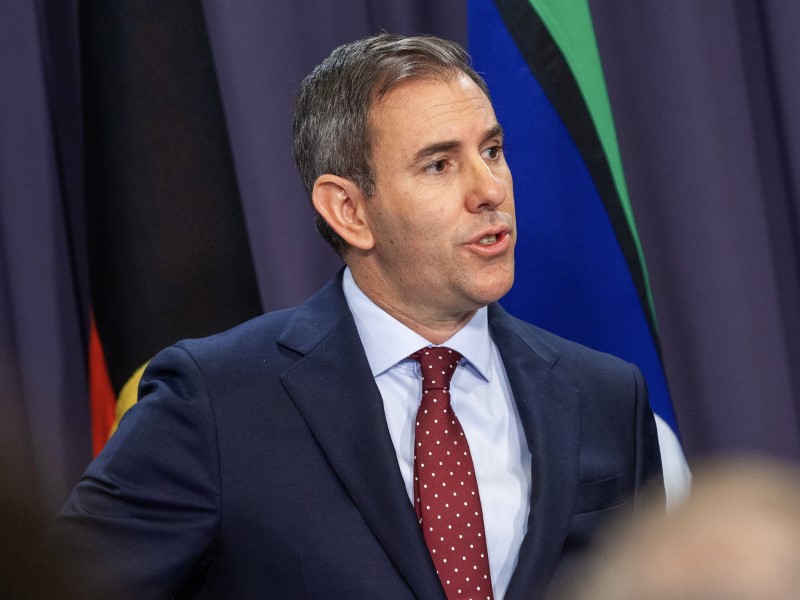For anyone with an interest in the digital economy or its associated data infrastructure, Jim Chalmers’ fourth federal Budget will be remembered as a flatliner, dead on arrival.
Even taking into account the strange timing of this Budget, delivered just ahead of an election, it was an odd affair, most notable for what was missing rather than what it contained.
And what it was missing was any focus on the digital economy and the data infrastructure that supports it. Weird.
The tech industry has pushed the government hard over the past couple of years to get more strategic about the digital economy. For them, this Budget will be a huge disappointment.
This government’s focus on the physical side of the Future Made in Australia – production credits for green aluminium or tax credits for refining critical minerals – only served to highlight the absence of any focus on digital issues.

Artificial intelligence is acknowledged as a foundational capability that will underpin all other industries. There is a global AI arms-race underway, and it is not clear from this Budget whether government knows we are even in a competition.
A recent report by local consulting firm Mandala found that companies were looking to more than double data centre capacity by 2030, attracting inward investment of as much as $27 billion.
That’s $27 billion in the next five years, if we can only get out of our own way.
Does Australia have a data centre strategy? Have we got a plan for leveraging that massive investment in some nationally coordinated way? How are we planning to leverage that massive investment, maximising spillovers?
Have we yet understood the impact of these data centres on the energy grid?
The government announced a plan to develop a National AI Capability Plan last December. The Budget papers revealed that three and half months later, the AI Advisory Body being set up “to advise on AI capability, regulatory reform and emerging issues and trends in AI” has still not been set up.
That doesn’t sound like we are competing.
Artificial intelligence will be foundational to the success of virtually all aspects of the governments Future Made in Australia agenda.
Advanced manufacturing, robotics, even green steel production will rely on expertise in artificial intelligence to build products that can successfully compete in global markets.
If the $27 billion needed to build-out Australia’s AI data centre infrastructure was instead a potential $27 billion to be invested in an iron ore port operation, you can bet that this government would be working overtime to secure the money and to maximise its positive impact on the economy.
This is not happening with AI – or with the digital economy generally – and this was made clear by this budget.
The Australian Information Industry Association has been calling for government to appoint a Minister for the Digital Economy and has for years agitated for industry development dollars to be pointed at AI capability.
The Tech Council of Australia with other industry groups like the Business Council and the Australian Computer Society joined together as far back as 2023 urging government to develop a national strategy for AI.
This government did not do this, and by ignoring the digital economy, this Budget has remained on that course.
And another thing: The Industry minister Ed Husic accepted all the recommendations of the Pathways to Diversity in STEM review last month, a full year after taking delivery of its report.
He announced this without fanfare and without a media release (a wonderous thing for this minister), and did not include a formal response from government.
And this budget did not contain any meaningful commitment beyond what was already announced in last year’s budget.
Do you know more? Contact James Riley via Email.

